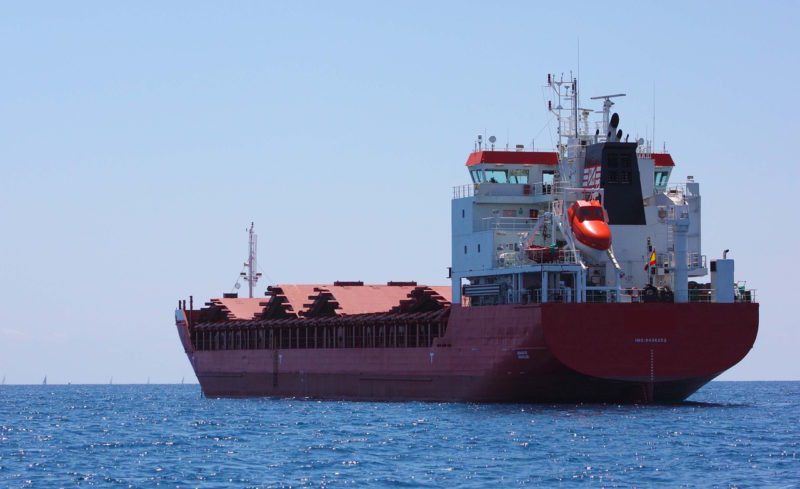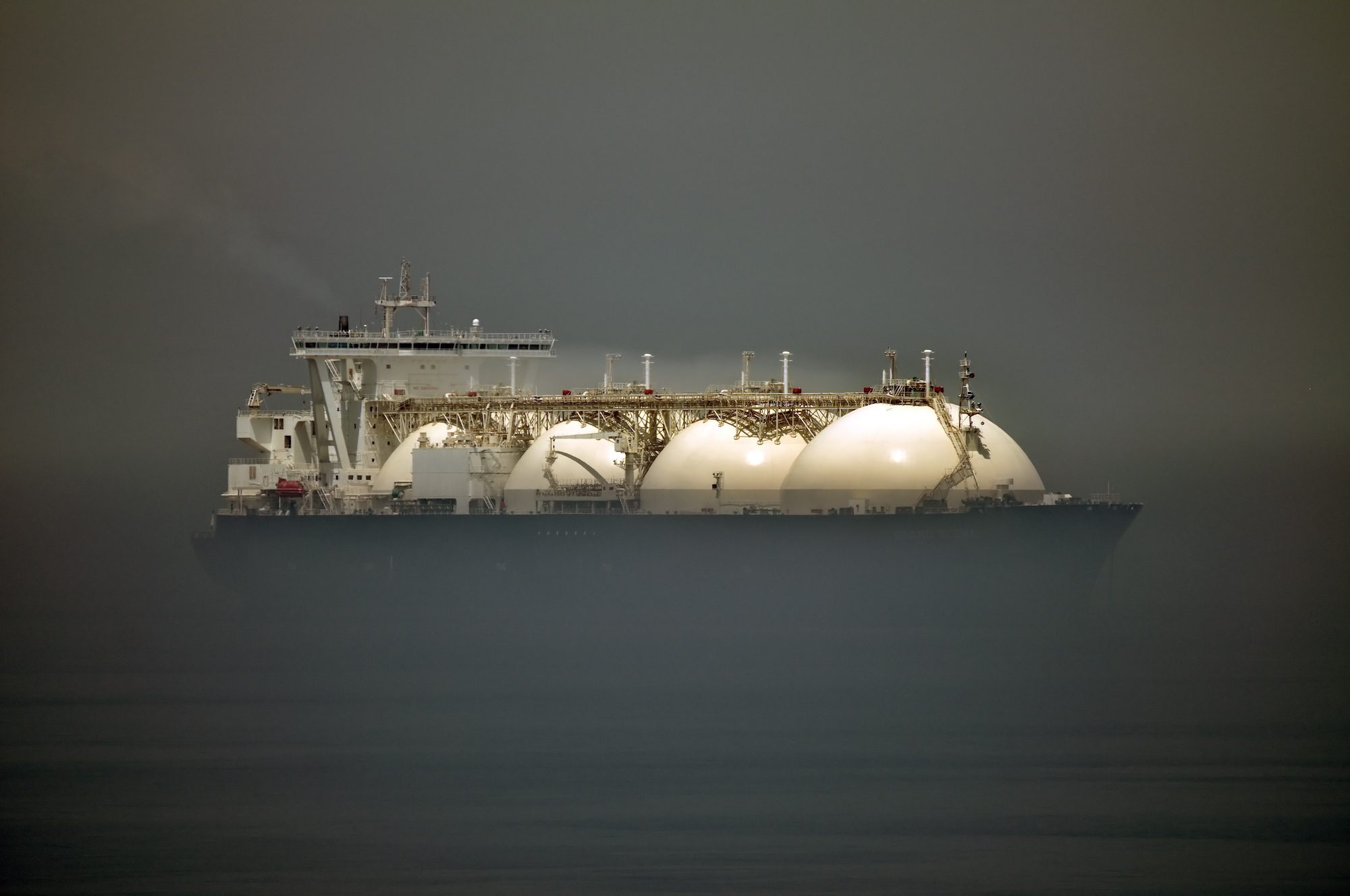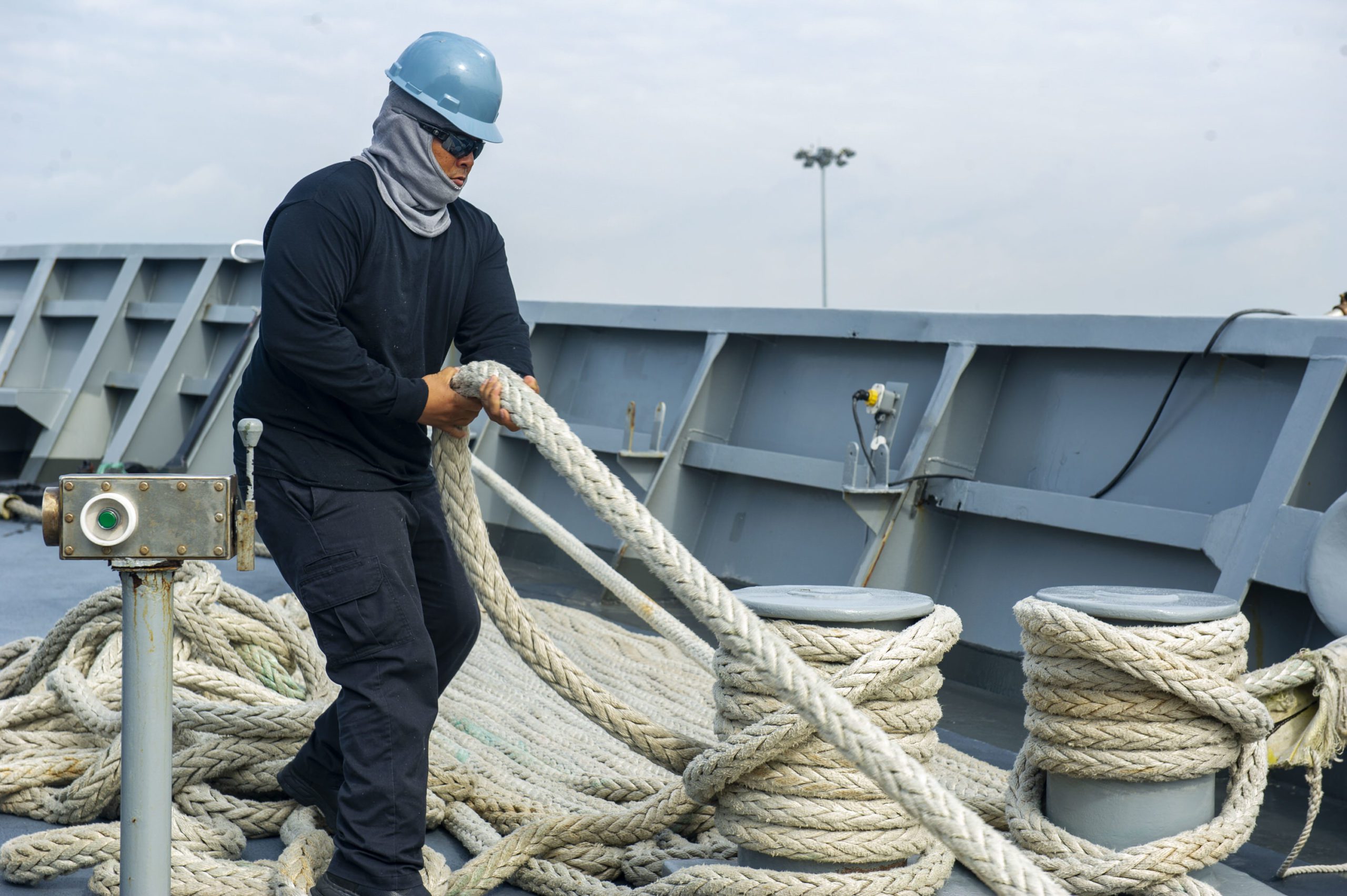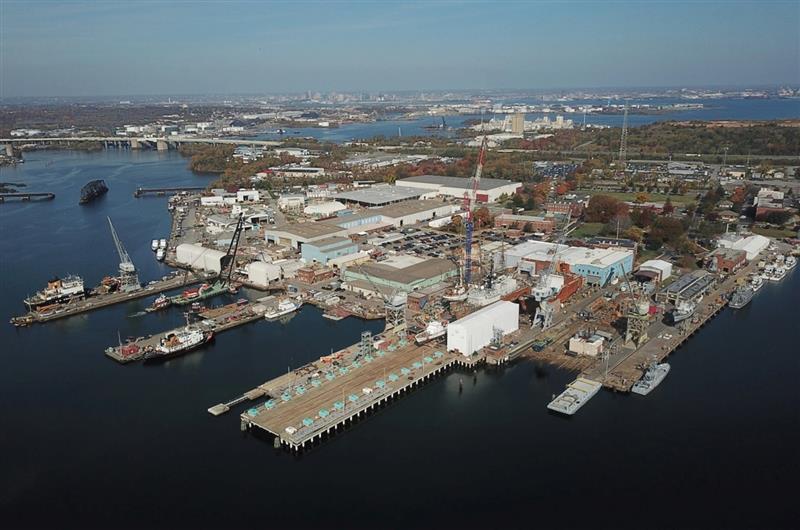
By Whitney McFerron
(Bloomberg) — The world’s biggest Atlantic salmon producer wants to start farming fish inside a ship rather than the sea.
Building traditional fish farms on the open water in Norway has become almost impossible because of state rules intended to curb outbreaks of sea lice, a parasite that can kill young fish. So raising salmon inside an unwanted cargo ship is one of a few options proposed by Marine Harvest ASA, which is trying to boost production at a time when prices are near a record high.
Output in Norway, the top producer, is falling just as supply declines from the rest of the world. Employing a Panamax vessel better suited to carrying coal or steel was one of the responses to a Norwegian government program seeking ways to solve the parasite problem and stop farmed fish from escaping into the open sea. Winning proposals will get coveted farming licenses at reduced prices.
“It’s more or less kick-starting fish farming again in a new way,” Alf-Helge Aarskog, chief executive officer of Marine Harvest, said in an interview last month after the application was submitted.
Global salmon production will fall about 7 percent to 2.15 million metric tons this year, according to Nordea Bank. Along with the lice outbreak, an algae bloom this year has curbed output from No. 2 producer Chile, where stricter farming rules may limit expansion, the Oslo-based bank said. Norwegian salmon prices have tripled since 2011 and reached a record 69.44 krone ($8.36) a kilogram on June 19, according to Statistics Norway.
Norway’s aquaculture industry spent 5 billion krone last year trying to eradicate sea lice, Aarskog said. The pest thrives near the shore in the top 7 to 8 meters (23 to 26 feet) of water. The Panamax concept would work by taking in water from below that level.
Marine Harvest, based in Bergen, Norway, pitched other ideas, too. Two proposals were to raise salmon in specially built, enclosed structures shaped like eggs or donuts by the shore. Another involved building a caged farm that can be submersed offshore, deep in the ocean.
Feasible Methods
Norway’s incentive program may make the proposals financially viable, said Aarskog, who wouldn’t disclose the cost of building prototype farms. Buying an existing conventional license from another company — if one were available — would probably cost about 60 million krone, but the government will charge just 10 million krone for a permit for a feasible new project, he said.
Marine Harvest doesn’t know how long it will take for the government to decide on its projects, Aarskog said. Each of the prototype farms would take about six months to develop, and the fish need another 12 to 15 months to grow big enough to harvest.
Norway is also giving companies the chance to better exploit existing capacity to boost production now. They can pay 1.5 million krone to farm more during the best growing period, but less during other times of the year, the Fisheries Ministry said Thursday.
Cheaper Ships
It’s also a good time to buy a cargo ship. A construction binge fueled by higher freight rates doubled vessel capacity in the past decade, while shipments of cargoes such as coal and iron ore have expanded at a slower pace. Daily rates to hire Panamaxes have plunged by 94 percent since 2007. Billionaire oil and shipping tycoon John Fredriksen is Marine Harvest’s biggest shareholder.
Buying a 10-year-old ship would cost about $7 million and modifying it with six holding tanks for fish may cost another $2.5 million to $5 million, said Erik Stavseth, an analyst at Oslo-based investment bank Arctic Securities. That would put the total bill, including the government license, at about $18 million, less than half as much as building a conventional farm may cost, he said.
Dozens of companies have submitted applications, but the only one approved so far is from SalMar ASA, Norway’s third-biggest producer, to develop an offshore farm far out in the ocean where sea lice can’t survive.
There are a “lot of interesting concepts,” said Kolbjorn Giskeodegard, an Oslo-based analyst at Nordea Bank who covers the seafood industry. “A lot of these concepts probably will fail or need heavy modification. Some of them will prove to be viable, but there’s also a question of cost.”
© 2016 Bloomberg L.P

 Join The Club
Join The Club












